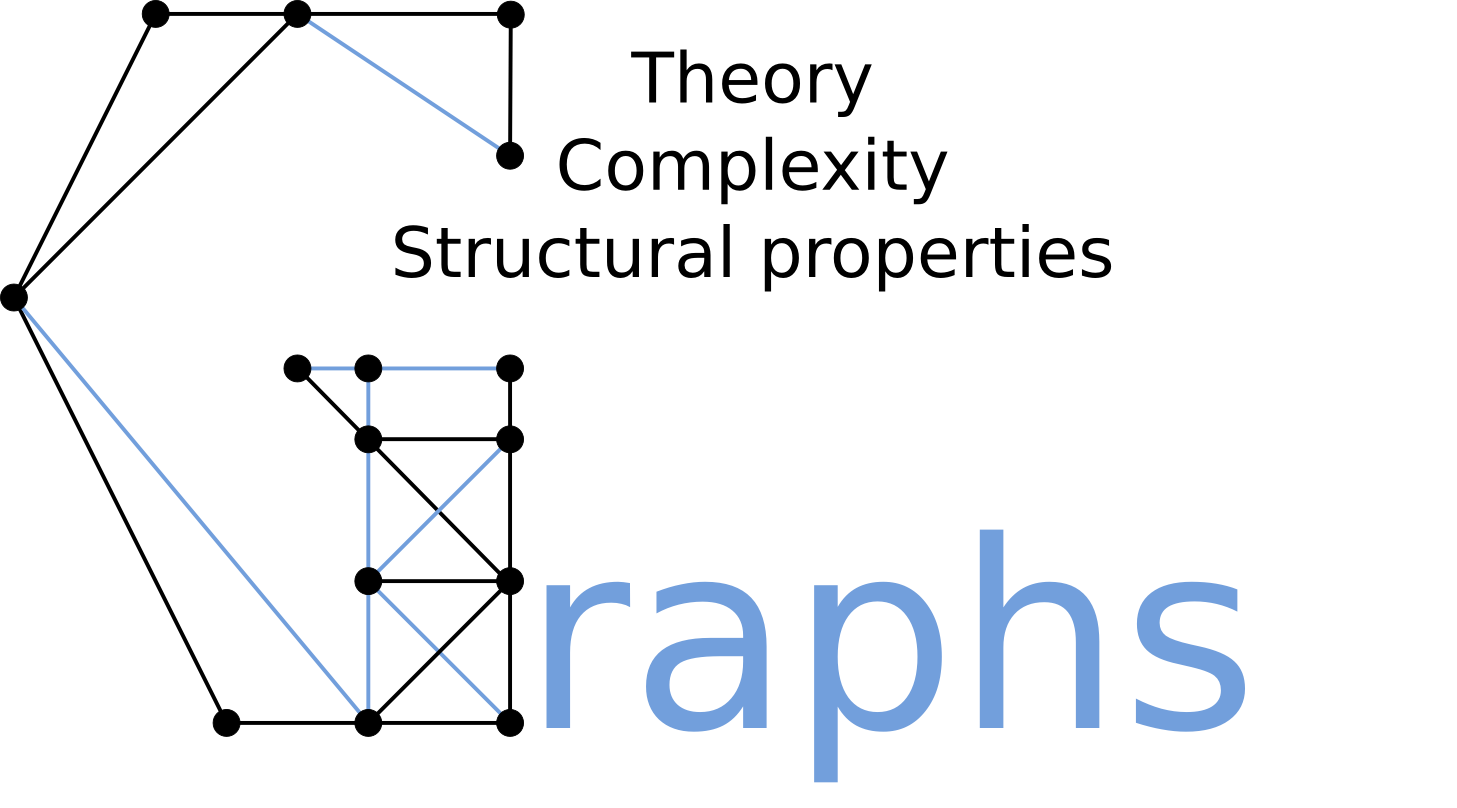Graph Theory

The main focus is on structural and algorithmic point of views. The team established expertise includes problems such as finding large cycles in a given graph, graph colorings, covering problems, and extremal graph theory. For example, some team members are particularly interested in Thomassen’s conjecture: Every 4-connected line graph is Hamiltonian. Finding sufficient and computationally tractable conditions for a graph to be Hamiltonian is of significant importance from both theoretical and algorithmic viewpoints as Hamiltonicity is an NP-hard problem.
Generalization of such problems has also been recently considered for edge- or vertex-colored graphs. For example, one may look for properly colored spanning trees in an edge- or a vertex-colored graph. Alternatively, one may look for a dominating set in a vertex colored graph having at least one vertex from each color. Beside their theoretical interest, these extensions have applications in areas including biocomputing and web problems.
Many of the questions we consider can be stated in terms of (integer) linear optimization that is an expertise of new members of the team with research interests focusing on the combinatorial, computational, and geometric aspects of linear optimization. In this regard the aim would be to investigate recent results illustrating the significant interconnection between the most computationally successful algorithms for linear optimization and its generalizations, and the geometric and combinatorial structure of the input. Ideally, the deeper theoretical understanding will ultimately lead to increasingly efficient algorithms. Most of our research collaborations involve French research groups including LaBRI, LIRMM, LIAFA, and LIMOS as well as research groups in Europe, North America, China, Japan, India and South America.
Reconstruction de graphes par oracle de distance
summary: Étant donné un graphe connexe G = (V,E) où les sommets sont connus et les arêtes sont cachées, nous avons accès à un oracle capable de répondre aux requêtes suivantes : étant donné deux sommets u et v dans V, l'oracle retourne la distance d'un plus court chemin ...
Decision-Theoretic Approaches in Learning-Augmented Algorithms
summary: We initiate the systematic study of decision-theoretic metrics in the design and analysis of algorithms with machine-learned predictions. We introduce approaches based on both deterministic measures such as distance-based evaluation, that help us quantify how close the algorithm is to an ideal solution, as well as stochastic measures that ...
Packing many dominating sets in a graph
summary: Given a graph G, a dominating set of G is a subset of vertices S such that every vertex not in S is adjacent to at least one vertex in S. While classical studies focus on finding the smallest dominating set of G, our focus shifts to finding the ...
Translations: fr


